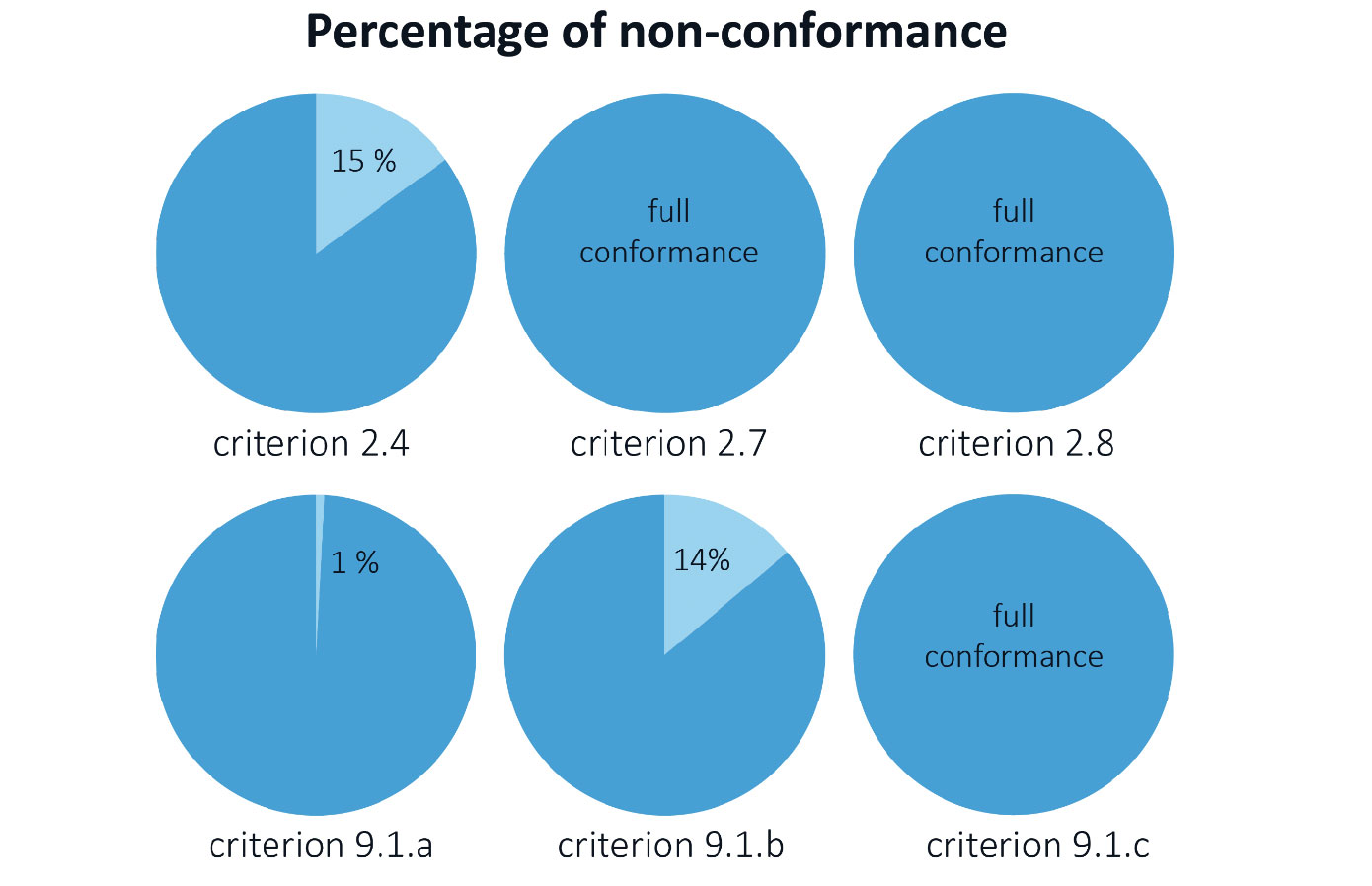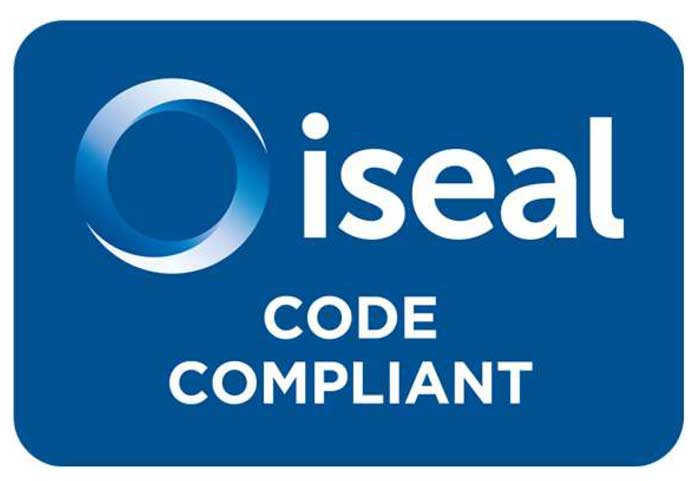Analysis of implementation and public reporting on social and governance criteria
M&E Insights, October 2021 Following requests from the ASI Standards Committee for further implementation data on the Standard, ASI has today published a report which analyses implementation and public reporting on several social and governance criteria by ASI Certified Entities with certification periods covering January 2019 to March 2021. The study reveals overall consistent implementation of the criteria explored […]
26 October 2021
 M&E Insights, October 2021
M&E Insights, October 2021
Following requests from the ASI Standards Committee for further implementation data on the Standard, ASI has today published a report which analyses implementation and public reporting on several social and governance criteria by ASI Certified Entities with certification periods covering January 2019 to March 2021. The study reveals overall consistent implementation of the criteria explored and gives several insights into improvements for consideration in the revisions process. It was conducted by Dr. Leo von Carlowitz.
The study consisted of two components – a desktop study on implementation of four criteria (PS 2.4 responsible sourcing; PS 2.7 mergers and acquisitions; PS 2.8 closure, decommissioning and divestment; and PS 9.1 human rights due diligence); and a deeper dive on 3 further criteria (PS 3.4 complaints mechanism; PS 9.3 Indigenous Peoples; PS 9.4 Free Prior Informed Consent).
First, a desktop study on implementation of key governance and social criteria of the ASI Performance Standard by 74 ASI Certified Entities was undertaken, comprising a high level overview of the following criteria:
- Criterion 2.4 (responsible sourcing)
- Criterion 2.7 (mergers and acquisitions)
- Criterion 2.8 (closure, decommissioning and divestment)
- Criterion 9.1 (human rights due diligence)
The analysis showed that there was an overall, consistent application of criteria 2.4, 2.7, 2.8 and 9.1 and that the total conformance rate is extremely high, with slight exception of criteria 2.4 and 9.1.b.

Specifically, it was found that the information provided in public summary reports is generally sufficient to demonstrate conformance with the criteria and that, in most cases, public headline statements contain a summary of the evidence reviewed. This is important as the Standards Committee continues to consider what is the right level of public reporting to achieve maximum transparency but maintain achievable audit costs and confidential business information.
Second, the study included a deeper dive, including an exploration of publicly available information on the internet regarding:
- Criterion 3.4 (complaint resolution mechanism)
- Criterion 9.3 (rights of Indigenous peoples)
- Criterion 9.4 (FPIC)
On Criterion 3.4: it was found that there is an unclear meaning of the components mentioned in criterion 3.4, (e.g., accessible, transparent, understandable, culturally sensitive, gender sensitive and adequate) to address stakeholder complaints. The Standards Committee is actioning this directly in the next version of the Standard by requiring individual reporting on each of the requirements and providing additional context in the Guidance.
On Criterion 9.3: Only 12% of Entities declared this Criterion as applicable and research confirmed that Entities who declared the criterion non-applicable have, or seem to have, rightly done so. This answers an important question of the Standards Committee on whether the Criterion was appropriately included or excluded from audit scopes. The study also noted that some Entities are investing more than others in its relations with Indigenous peoples, and that the investment in implementing Indigenous peoples-related policies was dependent on the Entities proximity and the impact that the operation has for Indigenous peoples in the vicinity. The report recommended that further Guidance should be developed by ASI regarding the location of Indigenous Peoples. The recommendation was actioned by the Standards Committee with the inclusion in the Performance Standard Guidance of existing guidance on identifying Indigenous Peoples’ location that had already been developed with the ASI Indigenous Peoples Advisory Forum (IPAF). Looking ahead, additional direction on this subject could be developed by IPAF to supplement the existing guidance.
On Criterion 9.4: Only two Entities reported on ongoing Free Prior and Informed Consent (FPIC)/consultation processes and outside of the audit process it is difficult to assess if these consultation processes fully comply with the requirements of FPIC as FPIC is a difficult concept with many facets and, therefore, does not match the short and more generic reporting template of the audit reports. The report recommended that additional direction should be developed for the Standard on the proximity of Indigenous Peoples to Entities’ operations that would then require their concerns to be considered in order to be in conformance with the criteria. This recommendation was determined to need considerable guidance developed with IPAF and is recommended for actioning after the launch of the revised ASI Standards.
The report recommends several opportunities for training and capacity building including:
- Criterion 3.4: Train auditors with respect to the principles for an adequate complaint resolution process, including training on cultural and gender sensitivity.
- Criterion 9.4: Train auditors as to the particulars of FPIC processes, including methodological issues and procedural requirements
- Criteria 9.3 and 9.4: Strengthen the capacity of IPAF to give advice on issues relating to Indigenous peoples and to network with Indigenous peoples’ organizations in critical countries with oppressed Indigenous communities and national minorities.
The first two recommendations are currently in process with ASI, with expected launches in 2022. The third recommendation will be progressed with IPAF, with general and technical support from ASI’s IPAF Adviser.
SHARE THIS ARTICLE


